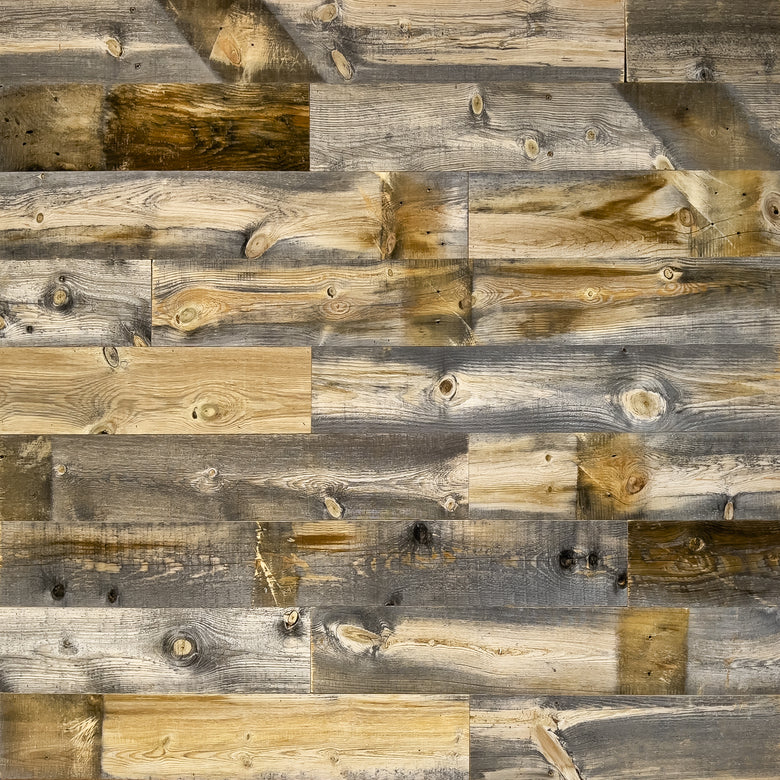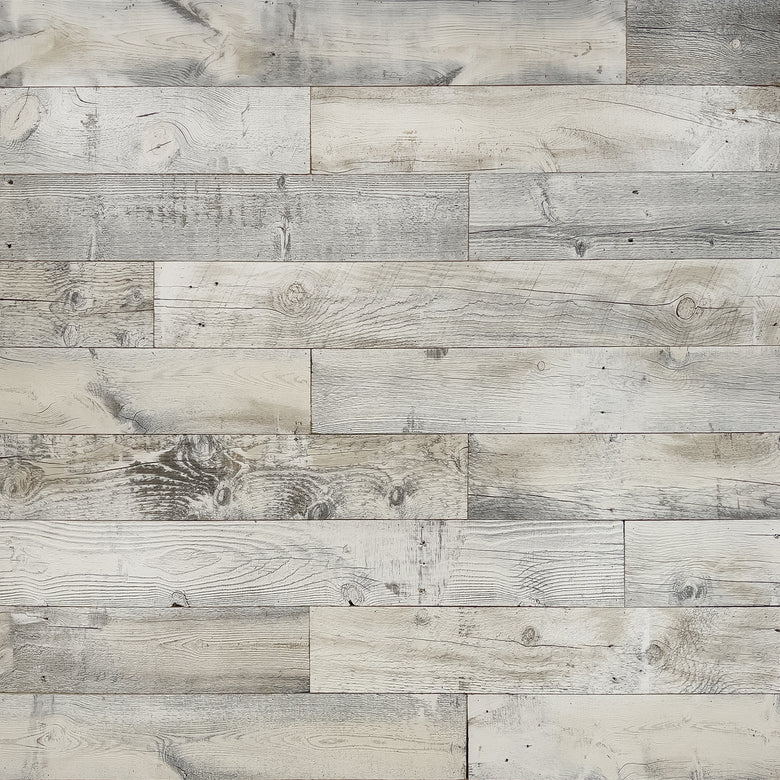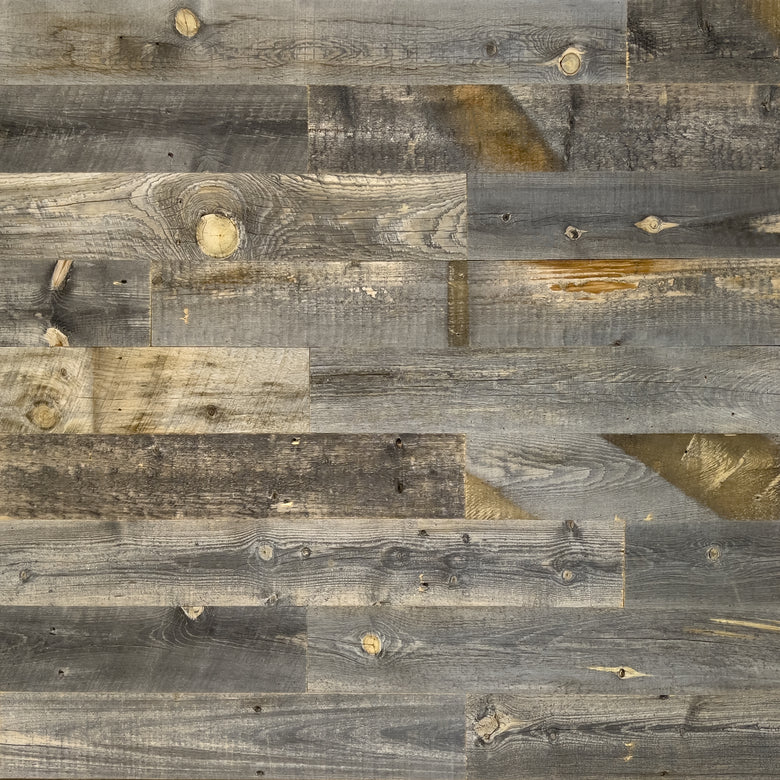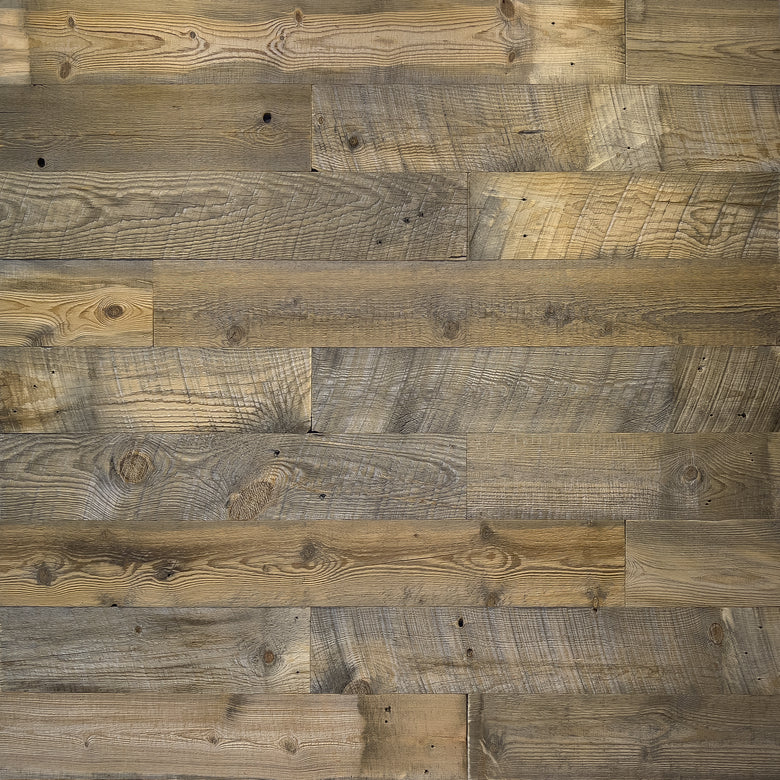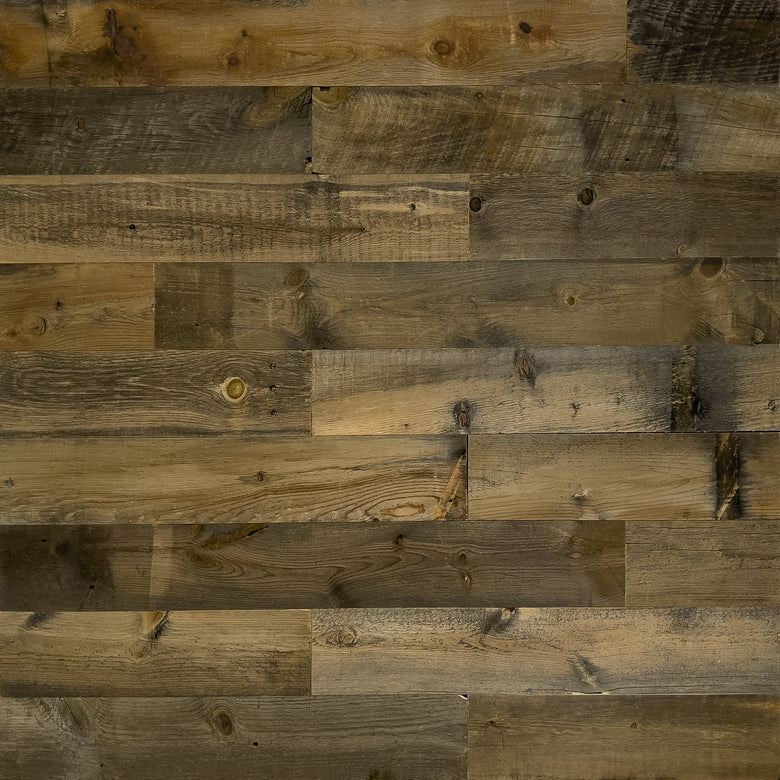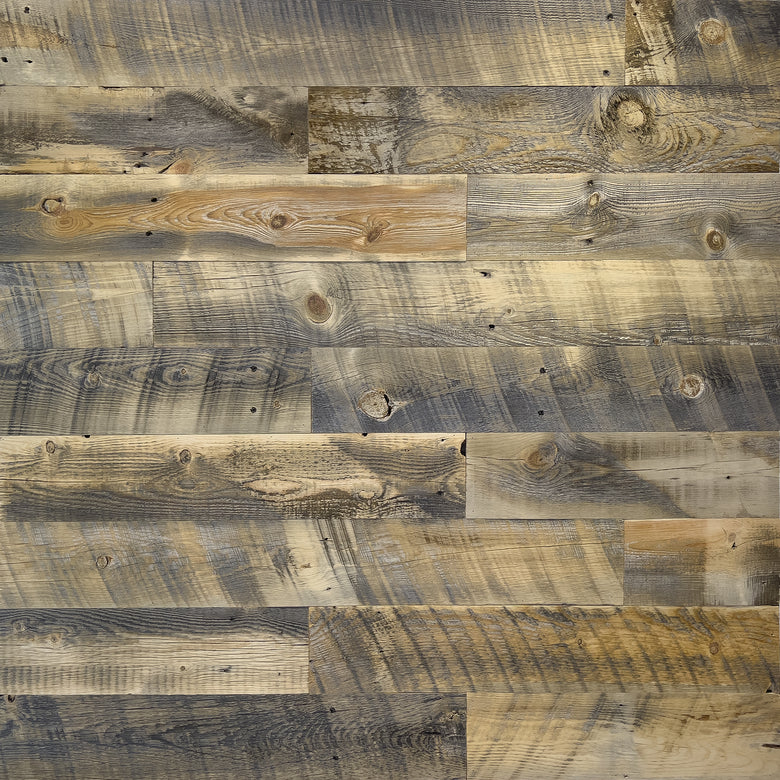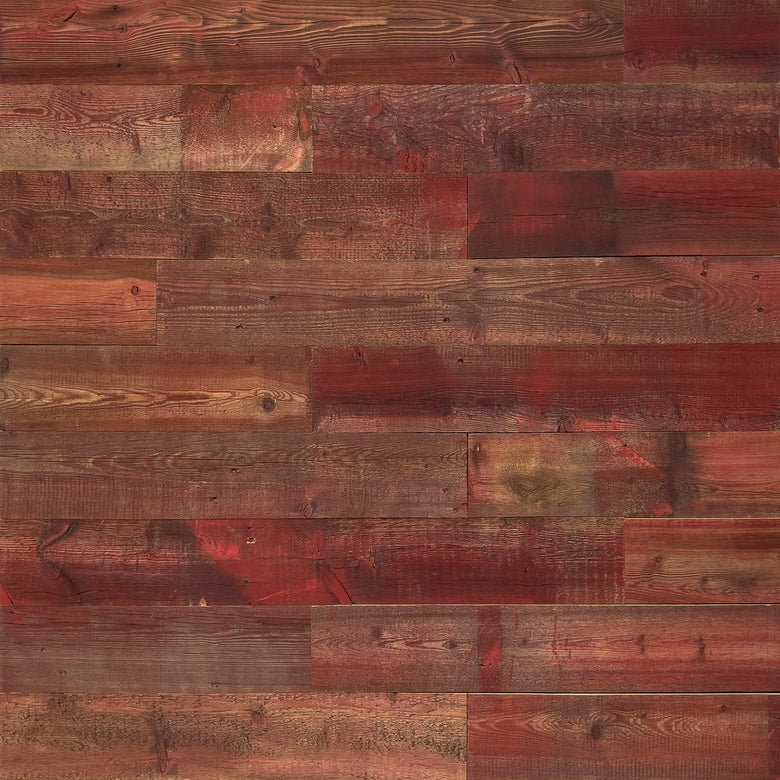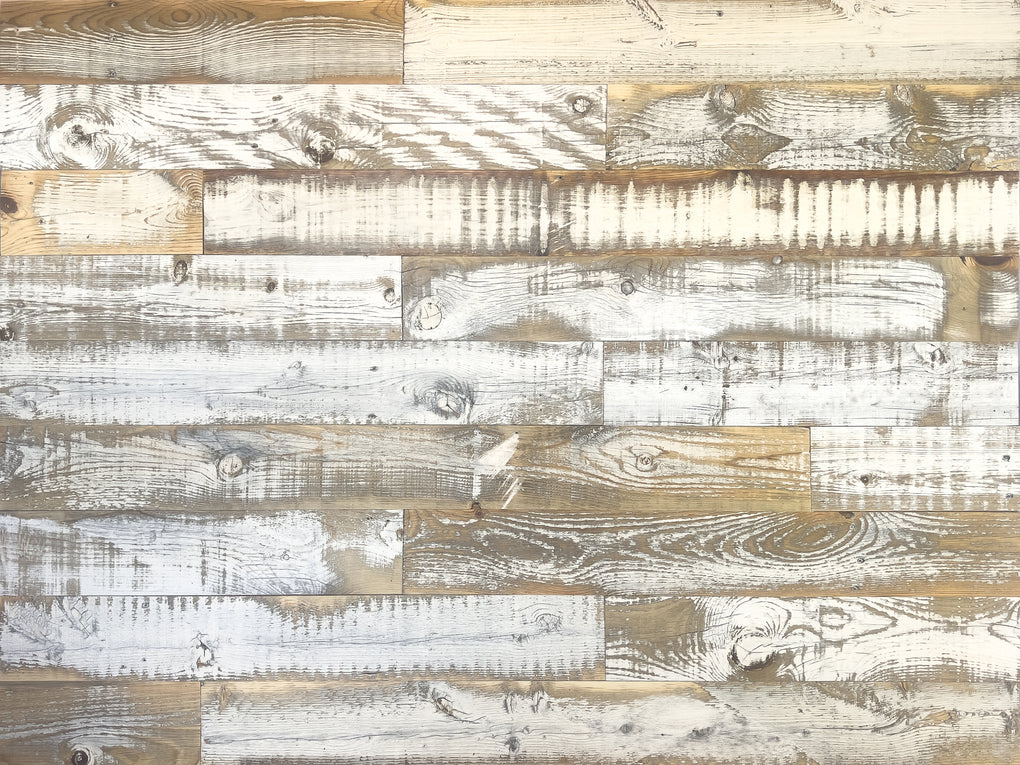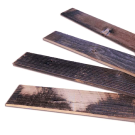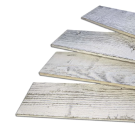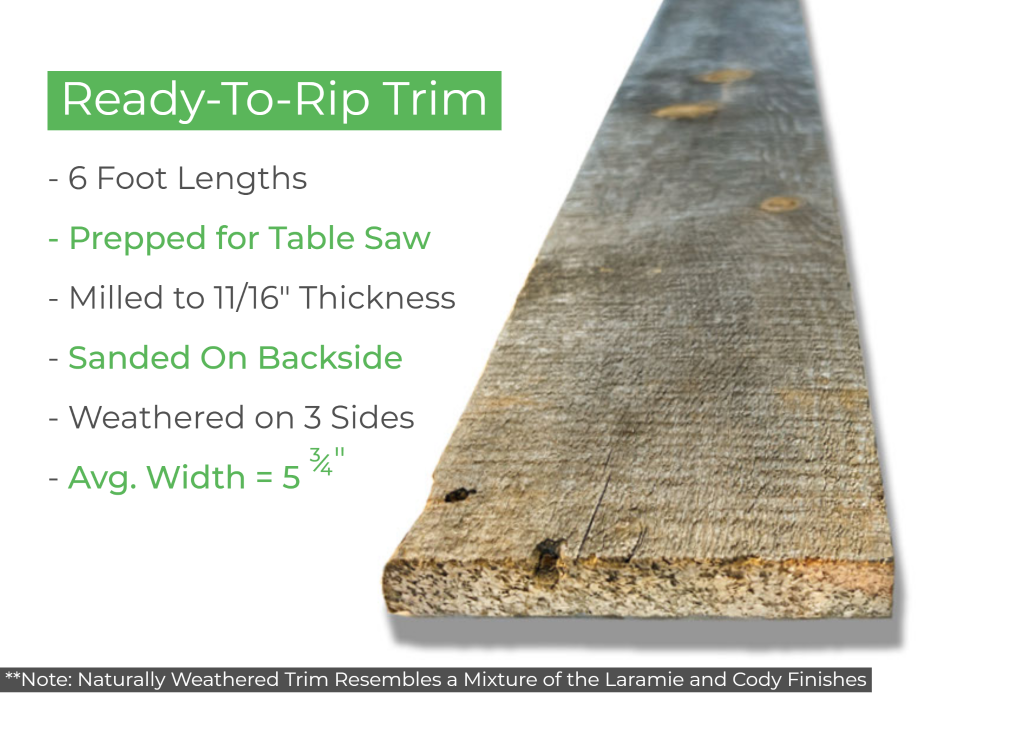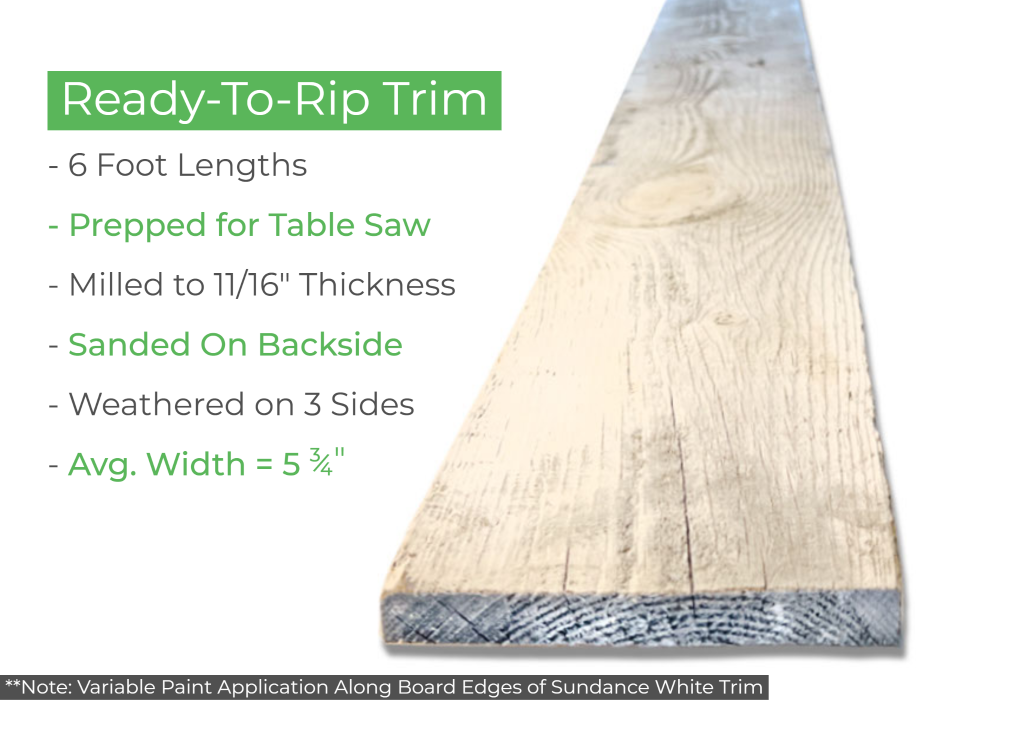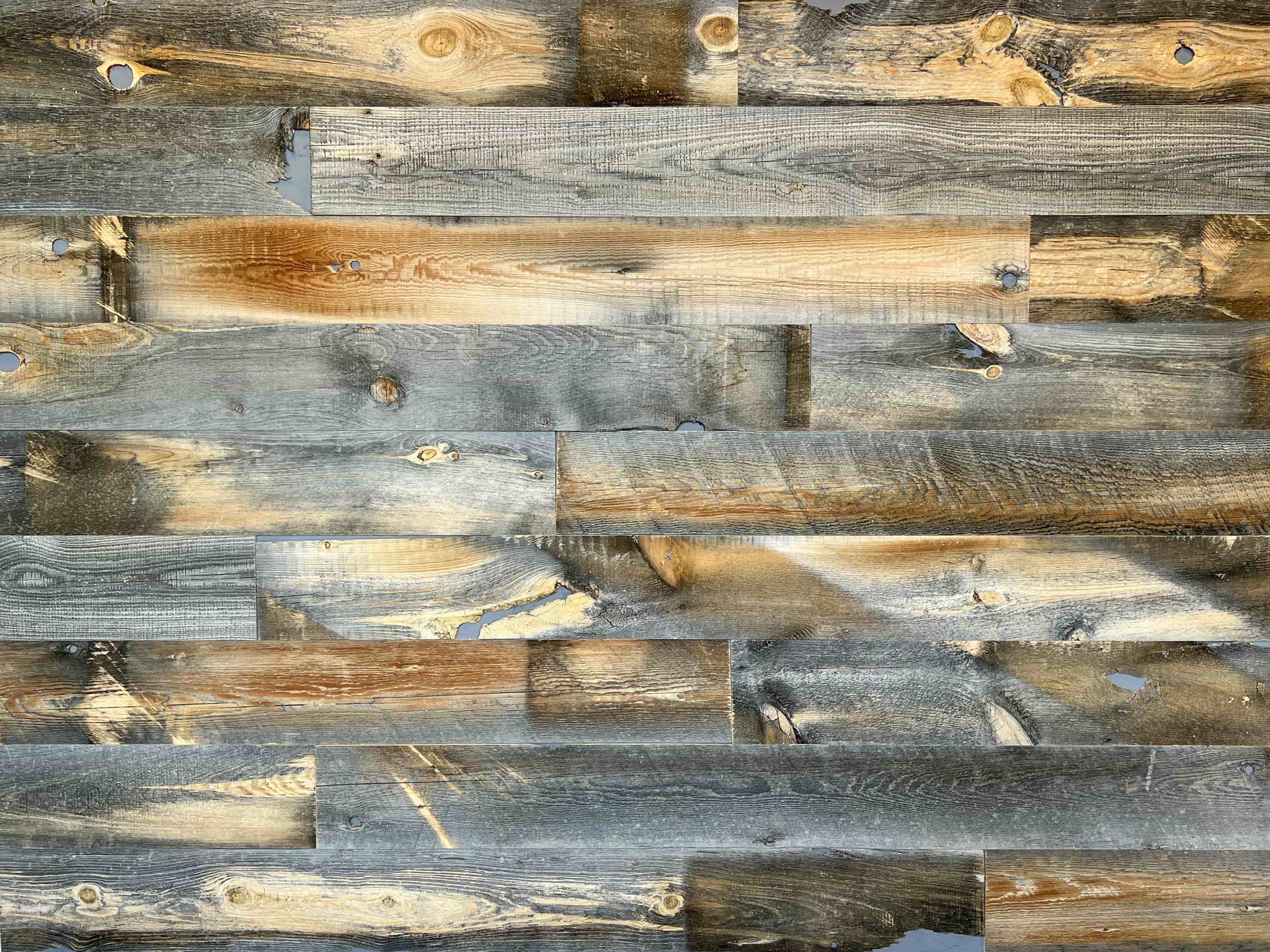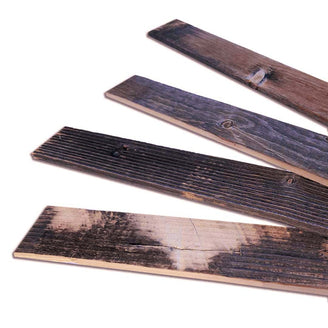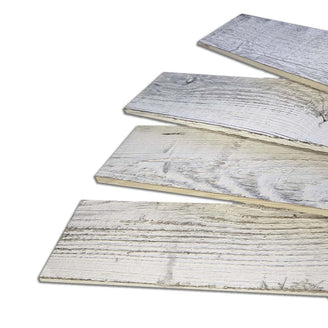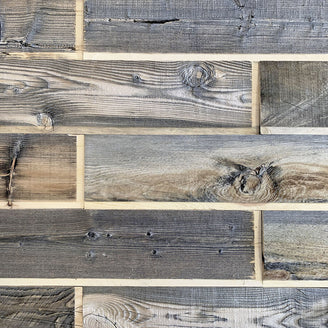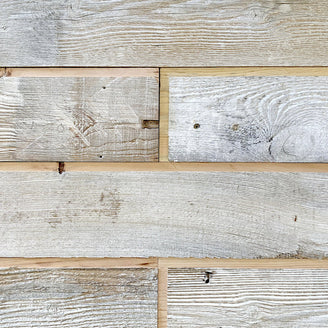Steps for creating a feature wall using fabric:
Selection: Choose a fabric with an overall theme and different color(s) that suits your room. Consider the weight and thickness as well as texture.
Size: Measure the wall and cut the fabric so that it will extend past all edges of the wall. Once the fabric is affixed to the wall, it can be trimmed flush to the edges of the wall.
Attaching: Use fabric glue, staple guns, or a combination of both. When using fabric glue, be sure to apply it evenly to the back of the fabric and that it is smoothed out as you go. When using a staple gun, start at the center of the fabric and work your way outwards. With each successive stage of staples, be sure to pull the fabric taut to avoid wrinkling.
Trimming: Once the fabric is taut and installed on the wall, it is time for trimming. You may need to add some more staples along the very end of all edges of the wall to neatly trim flush using a razor blade. If the edges don’t turn out as you had hoped, you can add wood trim over the edges of the fabric to hide uneven cut lines.
The pros and cons of a fabric accent wall:
Pros: Fabric is an affordable material. Fabric accent walls add texture and vibrance to a room. Fabric absorbs sound, making it a great choice for TV rooms or home offices
Cons: Fabric is not a good choice for rooms with high moisture levels, like bathrooms. Fabric accent walls can be time-consuming and frustrating to install. Fabric requires time-intensive cleaning and maintenance.

